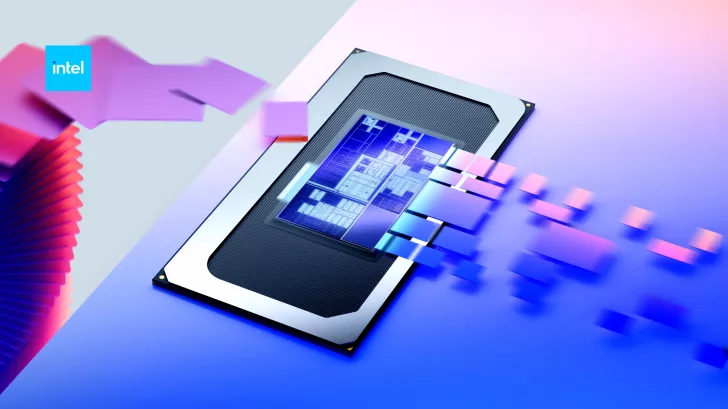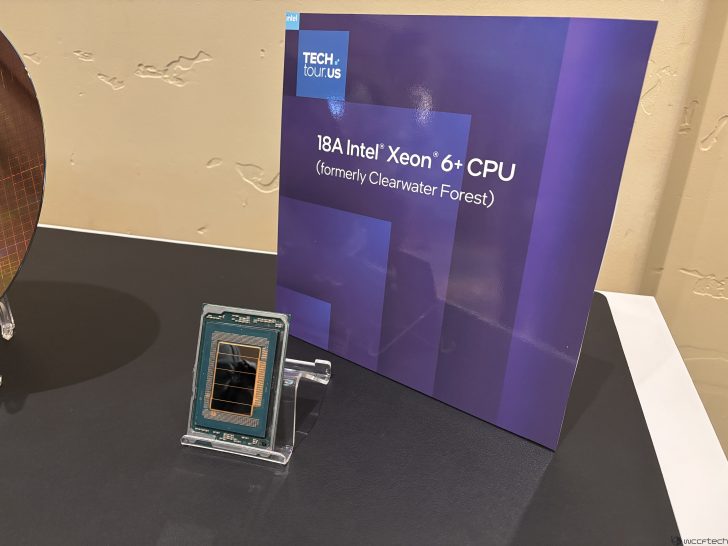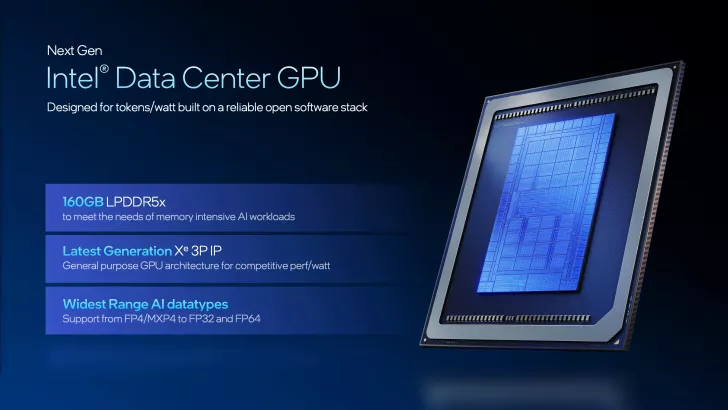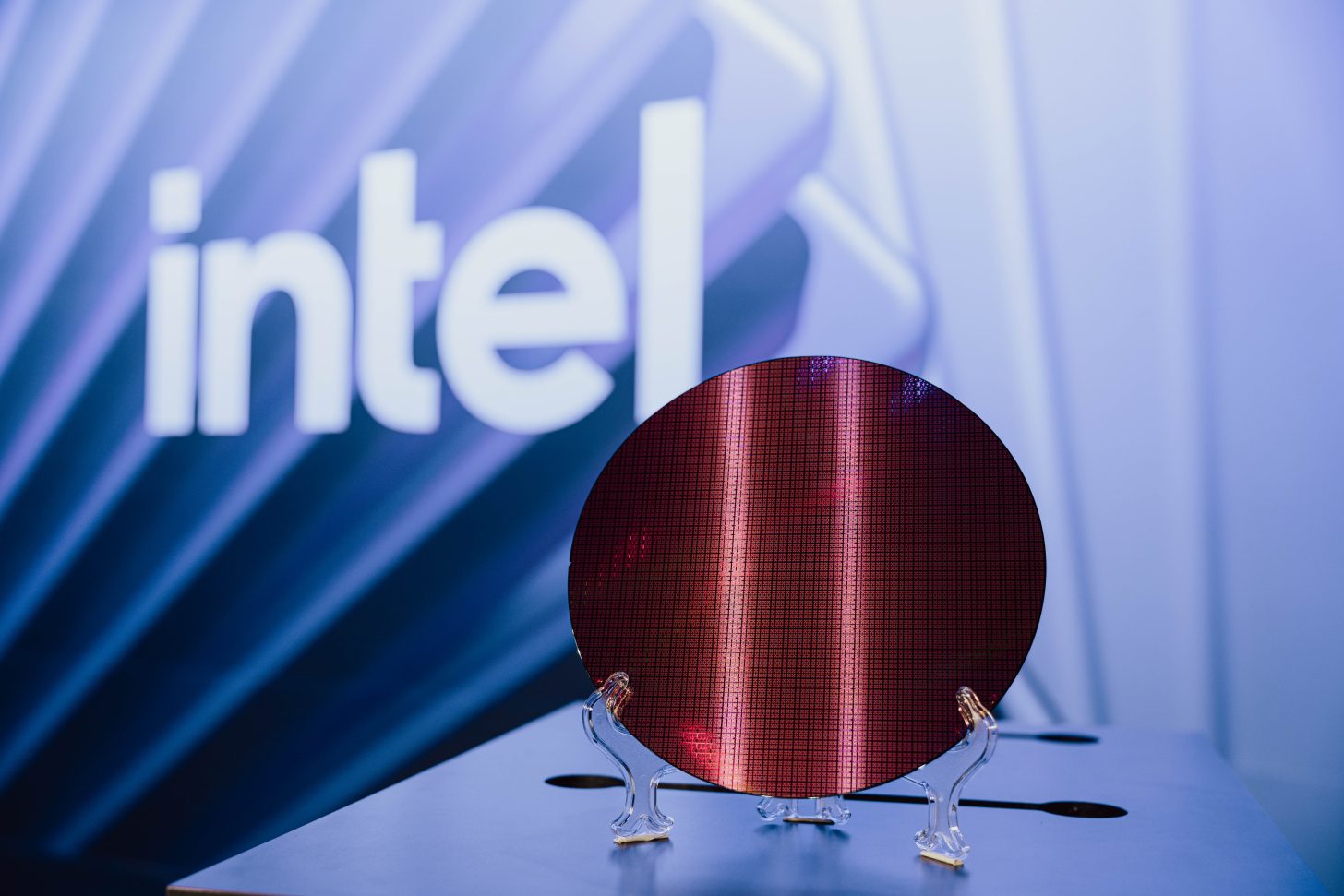Intel recently unveiled its future strategies for both CPUs and foundry services during its Q3 earnings call. The tech giant is gearing up to launch new processors under the Panther Lake, Nova Lake, and Coral Rapids series, alongside ambitious plans for its advanced process nodes, 18A and 14A.
Upcoming CPU Launches and Roadmap
During the Q3 2025 earnings call, Intel’s CEO, Lip-Bu Tan, shared details on the company’s upcoming product lines. The Panther Lake CPU series is set to debut by the end of this year, with additional models arriving in the first half of 2026. These processors will be showcased at CES 2026, and the first batch of PCs featuring the Core Ultra Series 3 family will hit the market in January. Initially targeting the premium segment, Panther Lake will eventually extend to more budget-friendly options as production ramps up with 18A technology.

Intel is also poised to refresh its Arrow Lake CPU lineup with the Core Ultra 200S Plus on the LGA 1851 socket, followed by the Nova Lake-S platform on the LGA 1954 socket in the latter half of 2026. Nova Lake promises up to 52 cores, new Xe3P Arc integrated graphics, and significant architectural and software updates.
Server and Foundry Progress
In the server arena, demand for Intel’s Granite Rapids (Xeon 6 P-Core) CPUs continues to rise, with widespread adoption among major hyperscalers. Although the Client Computing Group faces a potential downturn next quarter, robust server chip demand is expected to boost the DCAI group.

Intel plans to enhance its Xeon offerings with new chips such as the Xeon 6+ “Clearwater Forest,” based on 18A, and the Diamond Rapids P-Core family, under the Xeon 7 series. Additionally, the Coral Rapids SKUs will reintroduce SMT to Xeon products.
On the foundry front, Intel is advancing steadily with 18A, which is now in high-volume manufacturing at Fab 52 in Arizona. The 18A process is expected to underpin at least three generations of client and server products, with the 18A-P version offering a 10% performance boost. Lip-Bu Tan also addressed their developments with 14A and EMIB-T technologies. Intel’s 18A process node will be integral to at least three forthcoming generations of both client and server products.
Advancements in Intel’s GPU Technology
Intel’s GPU division is also making strides, with mentions of both Arc GPUs and Crescent Island, the first Xe3P accelerator tailored for AI inference tasks. The company’s roadmap includes a series of inference-optimized GPUs with improved memory and bandwidth to cater to enterprise requirements.

Overall, Intel’s plans fortify its position across various market segments, leveraging its technological advancements to cater to the growing demand driven by the AI-driven economy. With the imminent launch of Panther Lake and other upcoming products, Intel is poised for significant growth.
